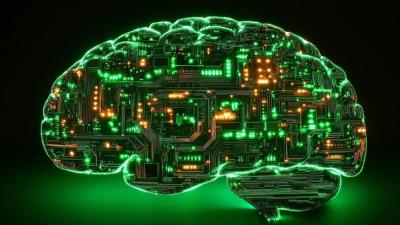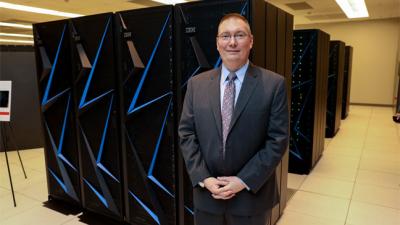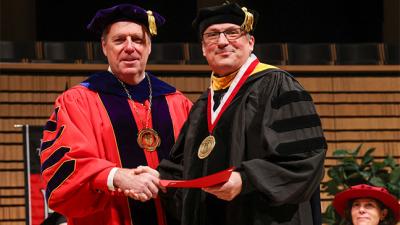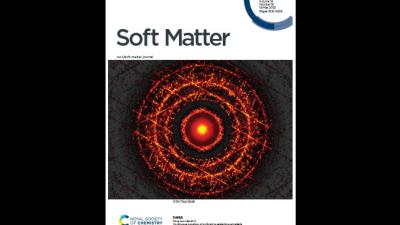AI Rethought: RPI Researchers Propose a More Effective, Human-Like Approach
New research from Rensselaer Polytechnic Institute (RPI) could help shape the future of artificial intelligence by making AI systems less resource-intensive, higher performing, and designed to emulate the human brain.






